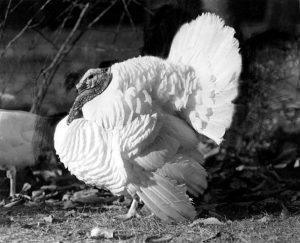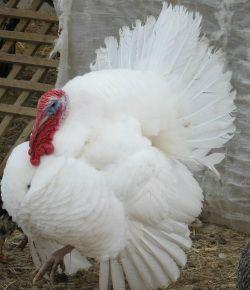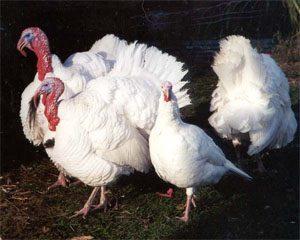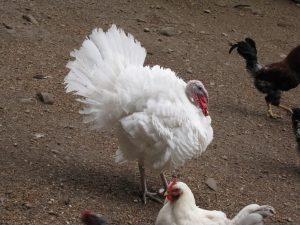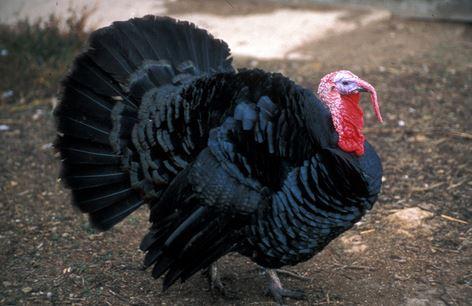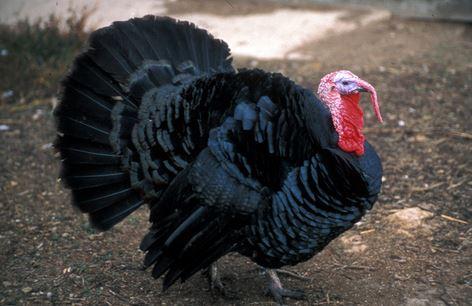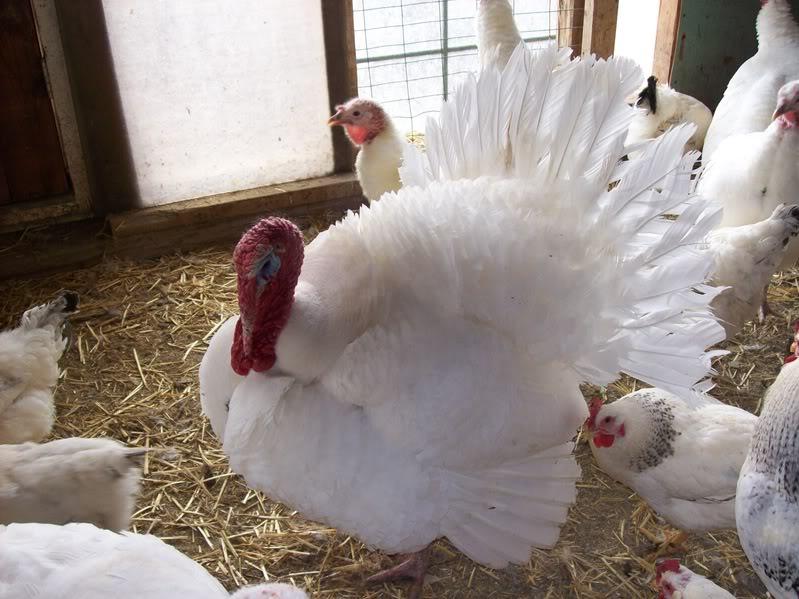Beltsville Small White Turkey
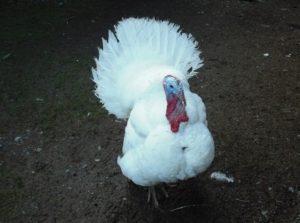
The Beltsville Small White is a breed of domesticated turkey that was produced in the Unites States of America. This small breed experienced the height of popularity during its introduction, but is currently near extinct.
Relatively, these purely white table birds had a greater percentage of white meat than other contemporary varieties, and were also known for their excellent egg-laying capacity. Extensive measures have been adopted to increase the population in different parts of the United States.
| Characteristics | Thick-bodied bird with milky white plumage, a red to bluish white head; has solid black beard, horn color beak, and dark brown eyes; the toes and shanks are pinkish white; chicks are cream and do not have beard |
| Personality Traits | Variable; docile to aggressive |
| Purposes | Meat, ornamental purposes |
| Eggs | Large; pale cream to medium brown in color with spotting |
| Lifespan | Average |
| Diet | General domestic flock diet |
| Weight | Market Weight: 10-17 pounds |
| Breed Standards | ‘Standard size’ as listed by the ‘American Poultry Association’: Adult Tom: 21 pounds; Young Tom: 17 pounds Adult Hen: 12 pounds; Young Hen: 10 pounds |
| Status | Critical; endangered |
| Country of Origin | USA (Beltsville Agricultural Research Center, Maryland) |
History and Origin
The Beltsville Small White turkey was developed by the United States Department of Agriculture (USDA) by mixing White Austrian, White Holland, Bronze, Narragansett, and wild turkey genetics in order to meet the needs of consumers who wanted a small to medium size meaty turkey (with the dressed bird weighing between 8 and 15 pounds) to fit apartment sized refrigerators and small ovens, and devoid of dark pinfeathers.
In 1934, the breeding program started accordingly, and lasted till 1941. However, the new breed that was developed for the first time in 1934 began to be used commercially in the 1940s, and got official recognition by the American Poultry Association in 1951.
The stock was also sent to different institutions and universities that ran poultry programs. However, this small size turkey could never become popular as a restaurant bird since the breed was specifically developed to befit small size urban households. Also, untrained breeders began crossbreeding with other turkeys, leading to poor quality meat.
With the beginning of the 1970s, this breed almost disappeared, and was practically replaced by the new Broad Breasted White turkey that started to gain attention during that time. Since then this breed continued to remain as a rare variety, eventually listed by the American Livestock Breeds Conservancy as ‘Critical’.
At present, the Beltsville Small Whites have primarily been a subject of interest among those who are interested in heritage turkeys, and for the breed enthusiasts.
Meat Production
The Beltsville Small White takes 24 to 26 weeks to attain roaster weight. Originally, toms can produce 23 pounds and hens 13 pounds of live weight meat.
Interesting Facts
- Research flocks of the Small Whites exist at both the University of Guelph and the Iowa State University, but they are not open for public access.

